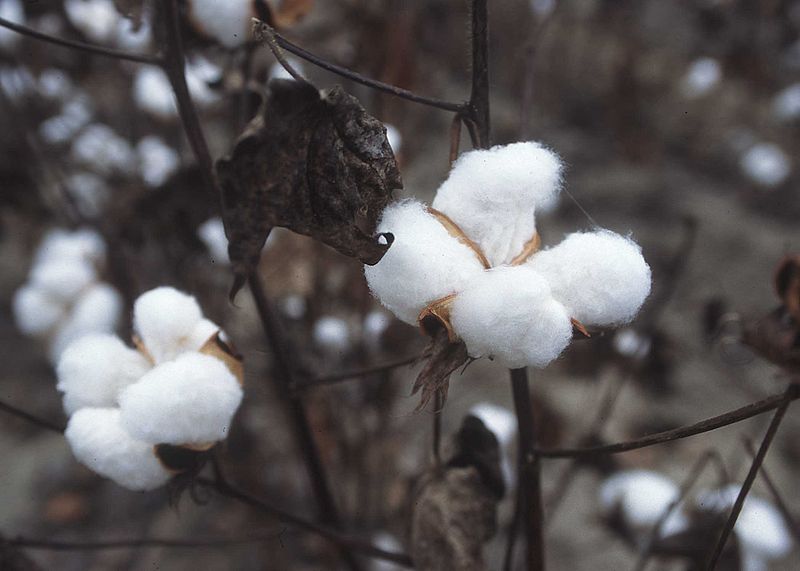
Washington DC (BBN) - World cotton ending stocks are forecast to decrease further by 7.0 per cent to 17.8 million tons at the end of 2016/17 as China continues to reduce its stocks.
Ending stocks in China, where much of the excess stocks are held, decreased by 13 per cent to 11.3 million tons as the Chinese government sold over two million tons from its official reserves from May through September 2016, according to the International Cotton Advisory Committee (ICAC)’s latest projection.
The ICAC also said world ending stocks increased by 140 per cent from 2009/10 to 2014/15, when they reached a world record of 22.2 million tons. In 2015/16, the drop in world production led to a 14 per cent reduction in stocks to 19.1 million tons.
The government restricted import quota to the volume required by its WTO commitments in 2015 and 2016 and announced that it will continue to do so in 2017.
In addition, the government is planning to begin sales from its reserves in March 2017 when the majority of the new crop will have been sold.
Stocks in China are expected to decline by 15 per cent to 9.6 million tons by the end of 2016/17.
After falling by 16 per cent to 7.9 million tons, stocks outside of China may rise by 4.0 per cent to 8.2 million tons. The stock-to-use ratio for the world less China is projected at 34 per cent, which is about four months of consumption, and in line with the 10-year average.
In 2016/17, world cotton production is projected to increase by 7.0 per cent to 22.4 million tons as a 9.0 per cent increase to 753 kg/ha in the world average yield offsets a 2.0 per cent contraction in world cotton area to 29.7 million hectares.
India will remain the world’s largest cotton producer, although its production is forecast to remain unchanged from 2015/16 at 5.8 million tons. Output in China is projected to decrease by 4.0 per cent to 4.6 million tons while production in the United States is expected to grow by 24 per cent to 3.5 million tons.
After a 34 per cent drop in production due to adverse weather, competition with other crops, low prices and an outbreak of pink bollworm, Pakistan’s cotton production is expected to recover by 24 per cent to 1.9 million tons in 2016/17.
After facing lower inventories in 2016 due to strong export demand, cotton production is forecast to increase by 8.0 per cent to 1.4 million tons in Brazil.
In 2016/17, world cotton consumption is projected to remain unchanged at 23.8 million tons, despite the widening gap between polyester prices and international cotton prices.
Mill use is expected to rise in three of the top ten consuming countries – Bangladesh, Vietnam, and the United States, where consumption is forecast to increase by 12 per cent to 1.2 million tons, 13 per cent to 1.1 million tons and 1.0 per cent to 762,000 tons, respectively.
This will offset losses in China, Turkey and Brazil, where mill use is projected to decrease by 2.0 per cent to 7.2 million tons, 3.0 per cent to 1.45 million tons, and 12 per cent to 645,000 tons, respectively.
World cotton imports are forecast to increase by 4.0 per cent to 7.5 million tons in 2016/17.
Bangladesh is projected to increase its volume of imports by 10 per cent to 1.2 million tons, while imports by Vietnam are expected to rise by 15 per cent to 1.1 million tons. Exports from the United States are expected to rise by 26 per cent to 2.5 million tons, as the abundant crop this season will provide a large exportable surplus.
India on the other hand is likely to see its exports fall by 34 per cent to 825,000 tons as stocks are replenished after declining by 21 per cent to just under 2.0 million tons by the end of 2015/16.
BBN/SSR/AD